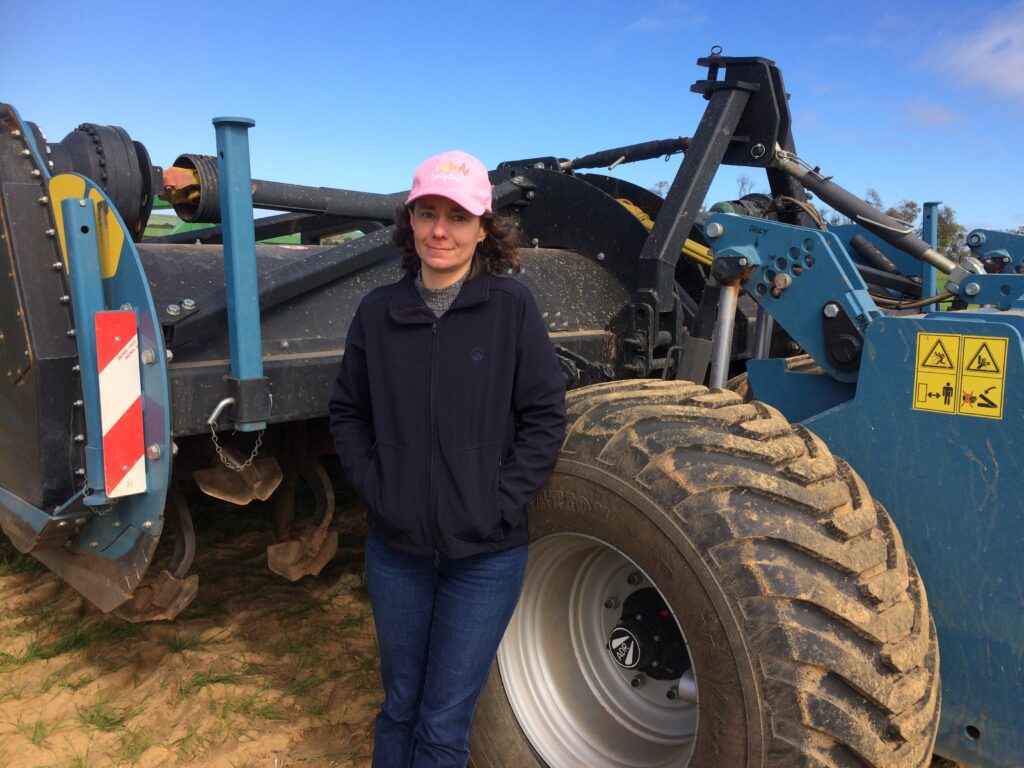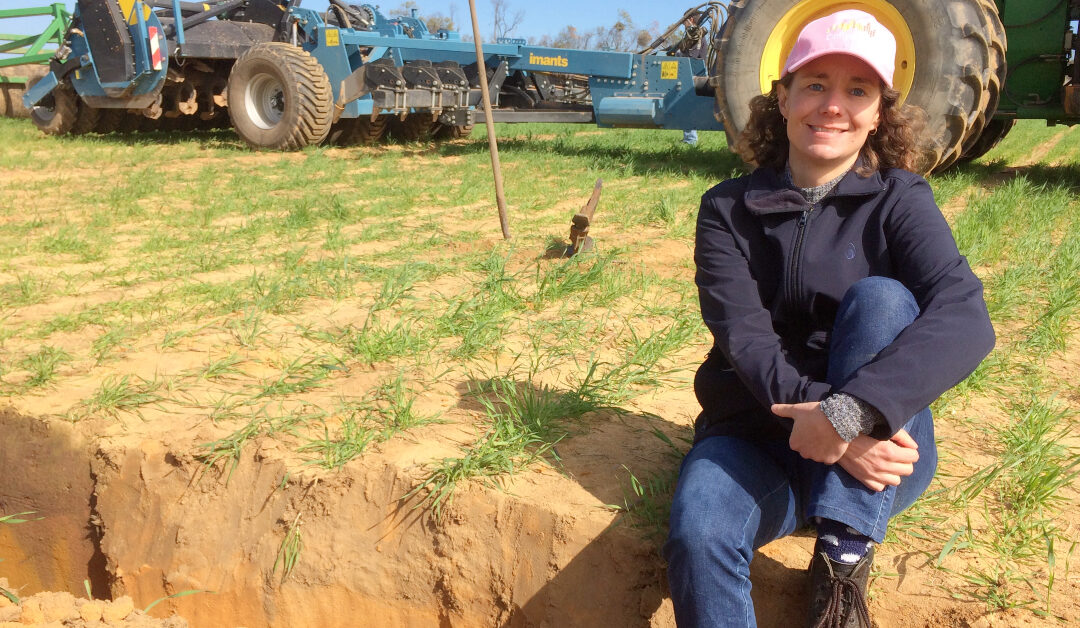Summary
Recent research has shown how well a weed species recovers after soil amelioration is dependent on both seed size and burial depth, with the latter varying widely between soil types, soil conditions and implement setup, even when using the same soil tillage implements at a consistent speed.
The research was presented at the GRDC Research Updates in Perth on February 27.
Background
Amelioration to address soil constraints is common in Western Australia and full soil inversion using a mouldboard plough is a great weed control technique.
However, there is very little information on the impact of burial via amelioration on weed seeds of different sizes.
There is little information on the impact of soil loosening (deep ripping) or mixing (rotary spader) on topsoil and weed seed burial or subsequent weed growth, however it is assumed these techniques may stimulate weed emergence, similar to an autumn tickle.
About the research / researcher
The trial was run by DPIRD research scientist Dr Catherine Borger and links to another project examining how soil amelioration alters crop disease pressure and weed competition during the season.
The study used three sites where contrasting soil was ameliorated via a full inversion, loosening or mixing and aimed to determine how weed seeds were buried by amelioration and how weed density was impacted in the crop in a three-year rotation after amelioration.
Trial / location details
Field trials were established at Yerecoin, Darkan and Williams, with amelioration treatments applied to a moist soil, at the beginning of the growing season, after the opening rain.
The three sites at Yerecoin, Darkan and Williams had different soil types and the Williams site had very dense soil.
As a result, while strategic tillage reached depths of over 30 centimetres at Yerecoin and Darkan, Williams had a maximum working depth of 24cm.

Key findings
It is a general rule-of-thumb that after a full soil inversion, most weed seeds are at roughly half the total depth of amelioration and this result was confirmed at all three sites.
The outcome was that seed burial varied widely between sites – a full soil inversion buried about 90 per cent of weed seeds at 10-20cm at Yerecoin and Darkan, whereas at Williams the seeds were still at 0-10cm.
Loosening via deep ripping was the only tillage technique that reliably put a proportion of seed at the maximum working depth, however the percentage of seed buried by loosening or soil mixing was highly variable between sites.
After soil inversion in 2019, annual ryegrass and great brome density were close to zero but while annual ryegrass remained at low density, great brome recovered over the following three years.
Annual ryegrass has a small seed and emergence is substantially reduced at a depth greater than 5cm, whereas great brome will emerge from up to 15cm depth.
Loosening or soil mixing had very little impact on weed density and they did not consistently stimulate weed emergence.
Funding partners
The Department of Primary Industries and Regional Development (DPIRD) and the Grains Research and Development Corporation (GRDC).
Project names and codes
The impact of soil amelioration on weed ecology and control – DPIRD Royalties for Regions.
Increasing farming system profitability and longevity of benefits following soil amelioration – GRDC project code: DAW1901-006RTX.
Contact
Dr Catherine Borger
DPIRD research scientist
M: 0467 816 082

